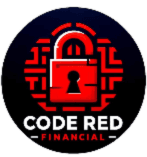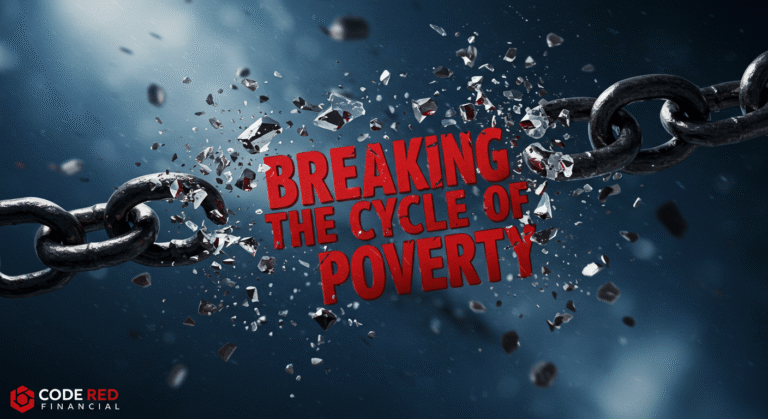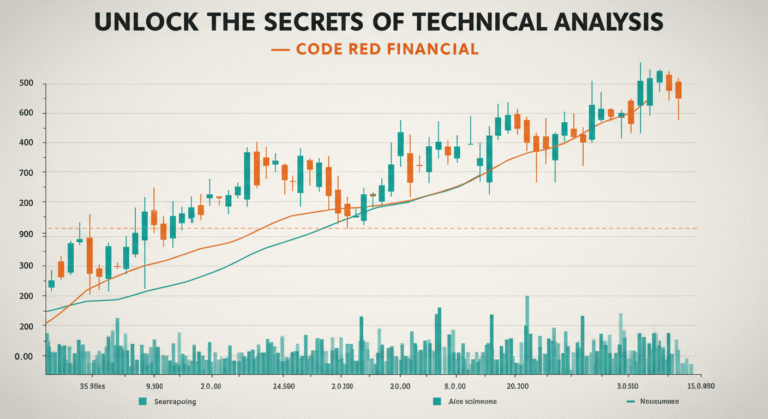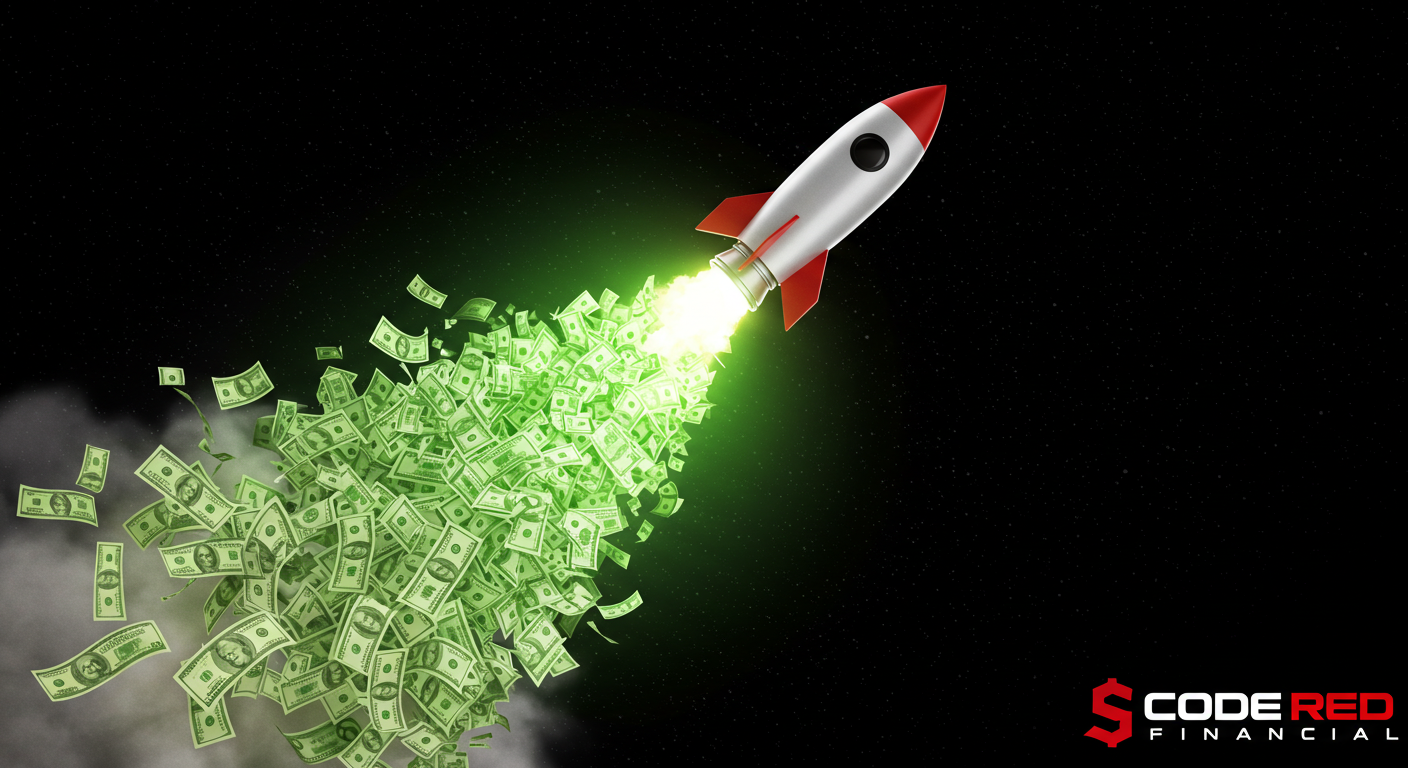
The Physics of Wealth: Achieve Escape Velocity & Break Free from Financial Stagnation
We all know the elegance of physics. It’s a language that describes the universe, from the grand dance of celestial bodies to the silent, persistent force of gravity holding us to the ground. In college, I was captivated by the sheer power of its principles, particularly one that felt both cosmic and deeply personal: escape velocity. It’s a concept that’s stuck with me, not for its astrophysical applications, but for its stunningly accurate parallel in the world of personal finance.
You’ll remember the equation, ve=r2GM. The minimum speed needed to break free from a gravitational field. It’s not about a single, heroic leap, but about achieving a sustained velocity that allows an object to overcome the relentless pull of a massive body. It’s the moment the kinetic energy of the object finally overwhelms its gravitational potential energy. Once achieved, the rocket doesn’t just stop fighting gravity; it enters a new state of being, coasting on its own momentum, its trajectory forever altered.
For years like many of you, I felt trapped in a different kind of gravitational well, one defined by economics rather than mass. It was the constant, downward pressure of my financial obligations. Every paycheck was a burst of fuel, quickly consumed just to maintain my current orbit, never quite achieving the thrust needed for a higher trajectory. It was a state of perpetual orbital decay, spiraling closer to the “Code Red” financial scenarios we often discuss here—a precarious existence dictated by the immense gravity of my financial situation.
But then, I started applying the principles we studied in the lab to my own life. I realized that achieving financial freedom wasn’t some mystical art; it was a problem of physics. It was about systematically generating enough financial “thrust” to reach my own personal escape velocity. This is the point where the income from your assets—your portfolio’s “kinetic energy”—surpasses the relentless pull of your expenses and debts—your “gravitational potential energy.” It’s the moment you break free and your wealth begins to coast, compounding and growing under its own power. It’s the ultimate transition from a life of financial friction to one of effortless momentum.

The Gravitational Well of Modern Finance: Quantifying the Forces at Play
Let’s be candid. The financial gravitational well many of us find ourselves in is incredibly steep. It’s not just a matter of poor choices; the very environment is structured to increase financial mass and, therefore, its gravitational pull. Consider the forces at play:
- Debt as Density: Think of high-interest debt, like credit cards or personal loans, as matter compressed to the density of a neutron star. Its gravitational pull is disproportionately strong. A 22% APR on a credit card balance isn’t just a linear drag; it’s a compounding force working in reverse, actively pulling your financial trajectory downward and making escape exponentially harder. The weight of student loans, now a multi-trillion-dollar issue, acts as a significant gravitational anchor, tethering generations of individuals to a fixed, low-altitude orbit.
- Expense Creep as Atmospheric Drag: Lifestyle inflation is the financial equivalent of atmospheric drag. As your income (thrust) increases, you move into a “denser” atmosphere of discretionary spending. The new car, the bigger apartment, the daily gourmet coffees—they all increase the friction, requiring more and more energy just to maintain your velocity, let alone accelerate. You burn more fuel but gain no altitude.
- The Illusion of the Gentle Burn: The modern economy often encourages a “gentle burn” approach—low minimum payments on debt, extended loan terms, and a focus on managing monthly cash flow rather than eliminating the underlying mass of the debt itself. This is like firing your rocket engine just enough to keep from crashing, a state of constant, inefficient energy expenditure that never gets you close to escape velocity. It maintains your orbit but depletes your fuel, leaving you vulnerable to any unexpected turbulence.
“I remember staring at my own financial statements and not seeing numbers, but a complex physics problem. For you, the obstacle might be student loans or a massive car payment. For me, it was simply escaping the quagmire of a generational financial swamp—one that had choked and laid siege to many before me. It created a significant gravitational field, whether real or perceived, perception had become my worst reality.
My income was the engine, but after accounting for rent, utilities, and other forms of ‘drag,’ the net thrust was minimal. I was executing a gentle burn, staying afloat but going nowhere. It was a frustrating, inefficient equilibrium.”
Fueling Your Escape: The Exponential Power of Compounding Thrust
So, how do we engineer an escape? How do we generate the immense, sustained thrust required to break free? The answer lies in the most powerful force in finance, a concept that mirrors the very nature of accelerating systems: compounding.
Compounding is the financial equivalent of a gravitational assist or a “slingshot” maneuver. In the beginning, when your investment portfolio (your rocket) is small, its growth is barely noticeable. You invest $1,000, and an 8% return is just $80. The gravitational pull of your daily expenses feels far more significant. This is the initial, high-drag phase of your launch, where maximum effort yields minimal visible change in altitude. It’s where most people cut the engines.
But this is where our understanding of physics gives us an edge. We know that momentum is a product of mass and velocity (p=mv). As your asset base (mass) grows, the same rate of return (velocity) generates exponentially greater momentum. That initial $80 gain eventually becomes $800, then $8,000, then $80,000. Your wealth is no longer just growing; it’s accelerating. The system begins to self-sustain. The income generated by your assets starts to feel like its own engine, providing a constant, ever-increasing thrust that pushes against the pull of your expenses. This is the sustained burn that will ultimately push you past the tipping point.
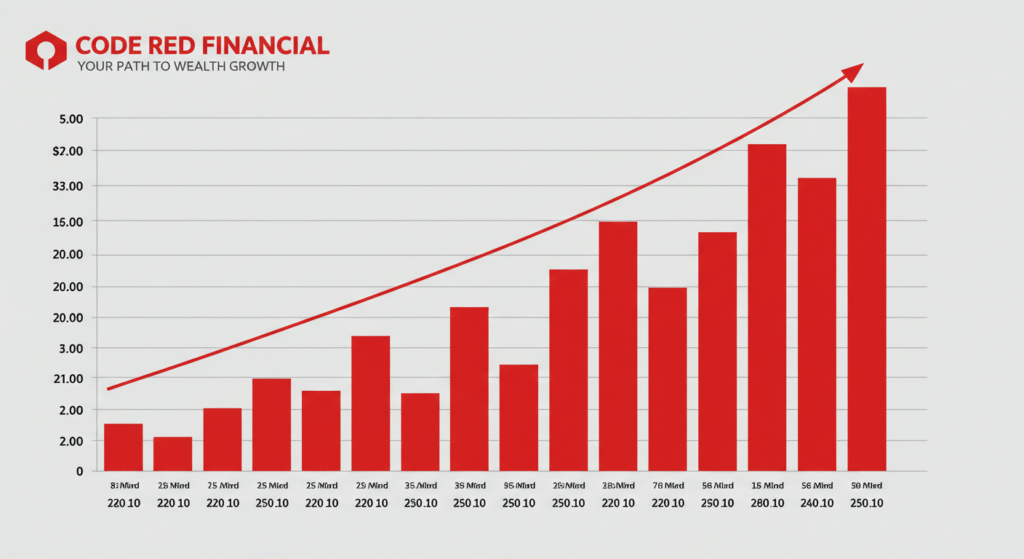
The Engineering Blueprint: A Practical Guide to Reaching Escape Velocity
Achieving financial escape velocity is an engineering problem. It requires a clear blueprint, precise calculations, and a disciplined execution of the plan.
1. System Analysis: Your Pre-Flight Telemetry
Before any launch, you need data. A complete systems check. This means meticulously tracking your financial telemetry for at least 30 to 60 days. Every dollar of income is your fuel inflow. Every expense, from your mortgage to your morning coffee, is a source of drag or gravitational pull.
- Calculate Your Financial Drag Coefficient: Categorize your spending. How much is essential (housing, basic food, utilities) versus discretionary (entertainment, dining out)? This isn’t about judgment; it’s about understanding the forces you need to overcome.
- Map Your Gravitational Field: List all your debts. Note the principal (the mass) and, more importantly, the interest rate (the density). This map will show you where the strongest gravitational forces are, allowing you to target your efforts with maximum efficiency.
2. Increasing Specific Impulse: Making Your Money More Efficient
Specific impulse in rocketry is a measure of engine efficiency. In finance, it’s about making every dollar work harder.
- The Debt Avalanche Maneuver: From a physics perspective, the “debt avalanche” is the most efficient method for escaping a gravitational field. By focusing all your excess “thrust” (income) on the debt with the highest interest rate (the densest object), you eliminate the greatest source of negative compounding first. This is financially analogous to jettisoning the heaviest, most inefficient parts of your rocket first.
- Optimize Your Burn Rate (Budgeting): Scrutinize your “drag coefficient.” This isn’t about living a life of monastic austerity. It’s about eliminating inefficiencies. Are you paying for subscriptions you don’t use? Can you renegotiate your insurance or cell phone bills? Every dollar saved is a dollar that can be redirected to your primary engine—your investments.
3. Building Your Primary Engine: The Asset Accumulator
Reducing drag and jettisoning dead weight is crucial, but escape is impossible without a powerful, forward-propelling engine.
- Automate Your Fuel Injection: This is the single most critical step. Set up automatic, recurring transfers from your checking account to your investment accounts. Treat it as the most important bill you pay. This automates the process of building your engine, ensuring it receives a consistent supply of fuel regardless of market turbulence or your own emotional state.
- Harnessing Market Beta (Low-Cost Indexing): For most of us, trying to pick individual winning stocks (alpha) is a high-risk, low-probability endeavor. A far more effective strategy is to harness the power of the entire market (beta). By investing in low-cost, broadly diversified index funds or ETFs, you are essentially strapping your rocket to the long-term upward trajectory of the global economy. It’s the most reliable way to generate consistent, long-term thrust.
- Developing Auxiliary Thrusters: In today’s economic landscape, relying on a single engine (your primary job) can be risky. Developing auxiliary thrusters in the form of side hustles, freelance work, or a small business can dramatically increase your overall power-to-weight ratio, allowing you to accelerate your timeline to escape velocity significantly.
Life in a New Trajectory: Beyond the Gravitational Pull
Reaching financial escape velocity is a profound paradigm shift. It’s the moment the math flips. Your life is no longer about funding your past (debt) or your present (expenses); it’s about your assets funding your future. The constant, low-grade anxiety, that ever-present gravitational pressure, dissipates. It’s replaced by a sense of calm, of control, of freedom.
This isn’t necessarily about retiring to a beach (though it can be). It’s about having what I call “sovereignty” over your time and your choices. It’s the freedom to take a lower-paying job that you’re passionate about, to start that business you’ve always dreamed of, to dedicate more time to your family, or to weather any “Code Red” economic storm without the fear of financial ruin.
The path isn’t easy. It demands the discipline of an engineer and the long-term vision of an astronomer. There will be moments of doubt, where the pull of your old financial habits feels immense. But as someone who has studied the immutable laws of physics, you know that with sufficient, sustained force, escape is not just a possibility; it’s an inevitability. The math guarantees it.
So, let’s start the countdown. Analyze your systems, optimize your efficiency, and fire up your engine. The view from your new trajectory is waiting.
Disclaimer: This article is for informational purposes only and should not be considered financial or investment advice. Investing in any of the mentioned passive income streams involves risk, and you could lose money. Before making any investment decisions, it is essential to conduct your own thorough research and consider consulting with a qualified financial advisor who can assess your individual financial situation, risk tolerance, and goals. The potential returns discussed are illustrative and not guaranteed. Market conditions, regulations, and other factors can significantly impact the performance of any investment venture.
